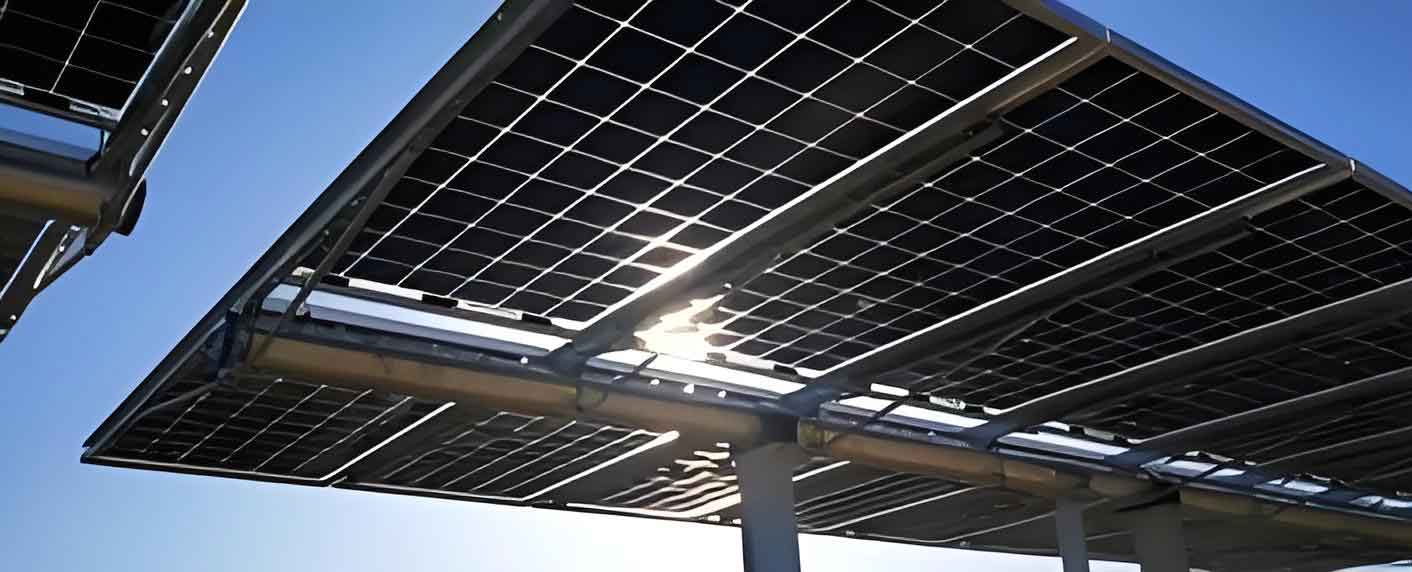Photovoltaic panels have become a cornerstone of renewable energy solutions worldwide. However, their performance can be significantly influenced by climatic conditions. Understanding how different weather patterns and environmental factors affect photovoltaic panel efficiency is crucial for optimizing their deployment and maximizing energy production. This article evaluates the performance of photovoltaic panels in various climatic conditions, offering insights into how temperature, humidity, sunlight intensity, and other factors impact their functionality.

Photovoltaic Panels and Climatic Factors
Photovoltaic panels convert sunlight into electricity through the photovoltaic effect. Several climatic factors can influence this process, including temperature, solar irradiance, humidity, and geographic location. By analyzing these factors, we can better understand the strengths and limitations of photovoltaic panels in diverse environments.
List: Key Climatic Factors Affecting Photovoltaic Panel Performance
- Temperature
- Solar Irradiance
- Humidity
- Dust and Pollution
- Wind Speed
- Geographic Location
Temperature
Temperature is a critical factor affecting the efficiency of photovoltaic panels. Generally, as temperature increases, the efficiency of photovoltaic panels decreases. This is because higher temperatures cause the semiconductor materials in the panels to become less effective at converting sunlight into electricity.
Table 1: Effect of Temperature on Photovoltaic Panel Efficiency
| Temperature (°C) | Efficiency Reduction (%) |
|---|---|
| 0 | 0 |
| 25 | 5 |
| 50 | 10 |
| 75 | 15 |
| 100 | 20 |
Solar Irradiance
Solar irradiance, or the power per unit area received from the sun, directly influences the output of photovoltaic panels. Regions with high solar irradiance typically see better performance from photovoltaic panels compared to regions with lower irradiance.
Table 2: Average Solar Irradiance and Photovoltaic Panel Performance by Region
| Region | Average Solar Irradiance (kWh/m²/day) | Photovoltaic Panel Performance |
|---|---|---|
| Desert (e.g., Sahara) | 6.0 | High |
| Tropical (e.g., Amazon) | 4.5 | Moderate |
| Temperate (e.g., Europe) | 3.5 | Moderate |
| Polar (e.g., Antarctica) | 1.0 | Low |
Humidity
High humidity levels can negatively impact the performance of photovoltaic panels. Moisture can cause corrosion and reduce the efficiency of the photovoltaic cells. Additionally, regions with high humidity often experience more cloud cover, which reduces the amount of sunlight reaching the panels.
Table 3: Impact of Humidity on Photovoltaic Panel Efficiency
| Humidity Level (%) | Efficiency Reduction (%) |
|---|---|
| 0-30 | 0 |
| 30-60 | 2 |
| 60-90 | 5 |
| 90-100 | 10 |
Dust and Pollution
Dust and pollution can accumulate on the surface of photovoltaic panels, blocking sunlight and reducing their efficiency. Regular cleaning and maintenance are essential in areas with high levels of dust or air pollution to maintain optimal performance.
List: Impact of Dust and Pollution on Photovoltaic Panels
- Reduced Sunlight Penetration: Dust and pollutants create a layer that blocks sunlight.
- Increased Maintenance Needs: Frequent cleaning is required to keep panels effective.
- Potential Long-Term Damage: Persistent dust and pollutants can cause surface damage over time.
Wind Speed
Wind can have both positive and negative effects on photovoltaic panels. Moderate wind speeds help cool the panels, improving efficiency, while extremely high winds can cause physical damage to the installation.
Table 4: Wind Speed and Photovoltaic Panel Performance
| Wind Speed (km/h) | Effect on Performance |
|---|---|
| 0-10 | No significant effect |
| 10-30 | Improved cooling, higher efficiency |
| 30-60 | Potential for physical damage |
Geographic Location
The geographic location determines the angle and duration of sunlight exposure. Photovoltaic panels perform best when installed in areas with optimal sun angles and prolonged exposure to direct sunlight.
List: Geographic Factors Influencing Photovoltaic Panel Performance
- Latitude: Equatorial regions receive more consistent sunlight throughout the year.
- Altitude: Higher altitudes generally receive more sunlight due to thinner atmosphere.
- Orientation and Tilt: Proper orientation and tilt of panels maximize sunlight capture.
Case Studies
To illustrate the impact of different climatic conditions, let’s consider two case studies: one in a desert environment and another in a temperate region.
Case Study 1: Photovoltaic Panels in Desert Environment
- Location: Sahara Desert
- Conditions: High solar irradiance, low humidity, high temperatures
- Performance:
- High efficiency due to abundant sunlight
- Significant efficiency reduction due to extreme heat
- Low maintenance needs due to dry conditions
Case Study 2: Photovoltaic Panels in Temperate Region
- Location: Southern Germany
- Conditions: Moderate solar irradiance, varying temperatures, high humidity
- Performance:
- Moderate efficiency due to less consistent sunlight
- Efficiency varies with seasonal temperature changes
- Higher maintenance needs due to humidity and potential snow cover in winter
Conclusion
Evaluating the performance of photovoltaic panels in different climatic conditions is essential for optimizing their deployment and maximizing energy production. Temperature, solar irradiance, humidity, dust, pollution, wind speed, and geographic location all play significant roles in determining the efficiency of photovoltaic panels. By understanding these factors, homeowners, businesses, and policymakers can make informed decisions about the installation and maintenance of photovoltaic panels, ensuring the best possible outcomes for renewable energy generation. With careful consideration and strategic planning, photovoltaic panels can be effectively utilized in diverse environments, contributing to a more sustainable and energy-efficient future.
